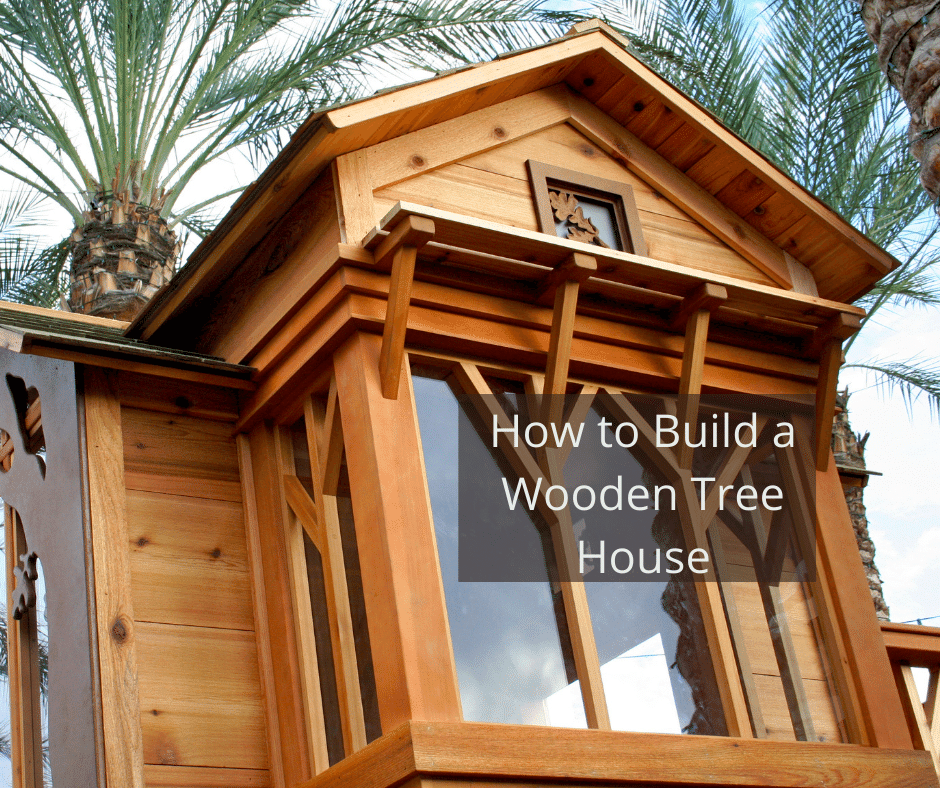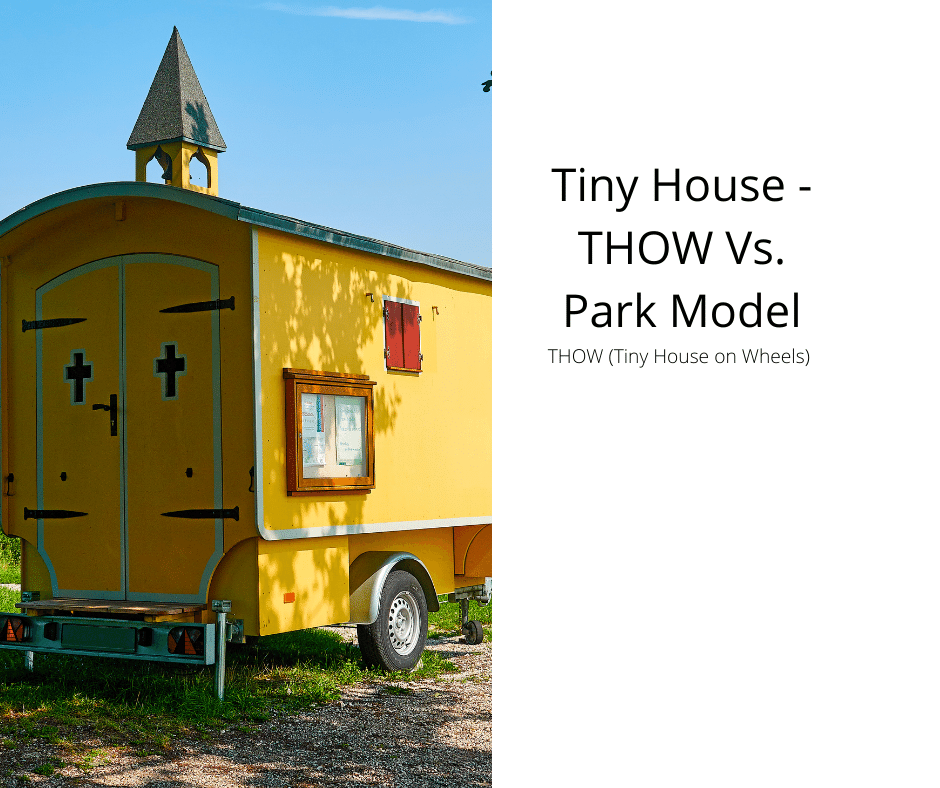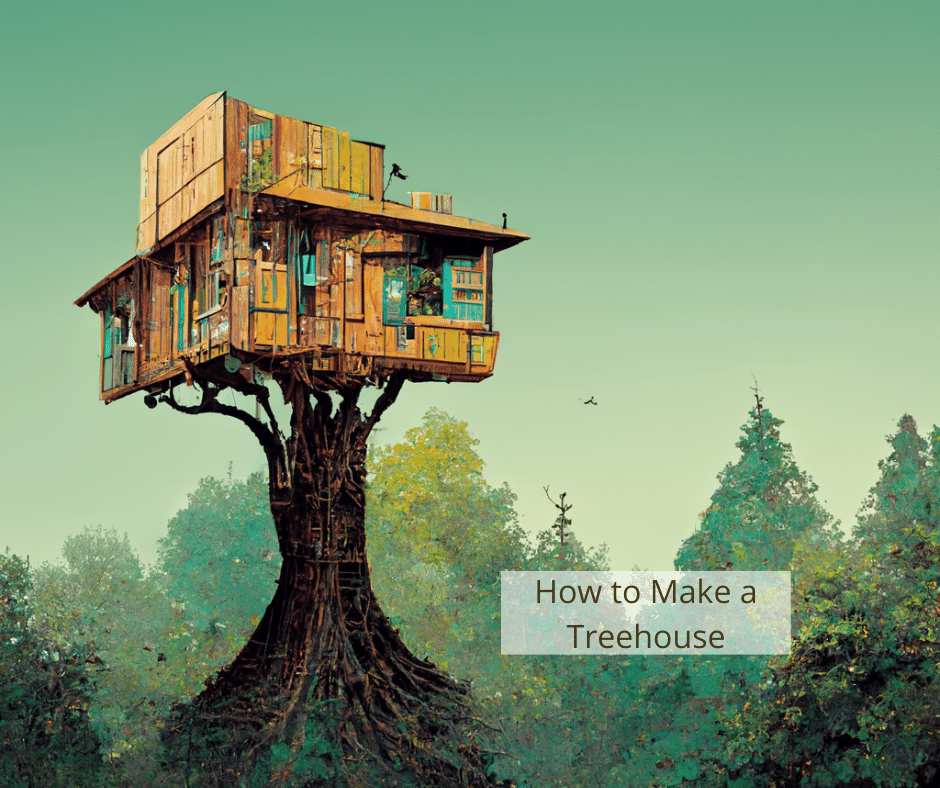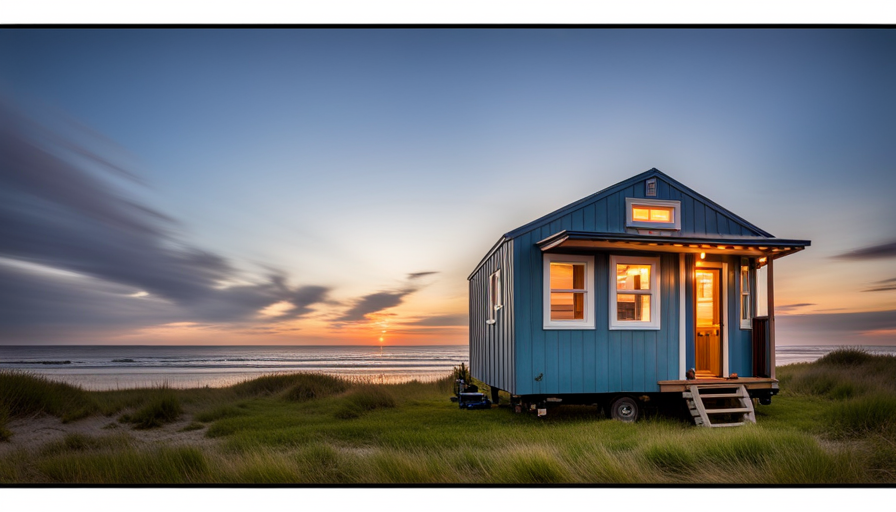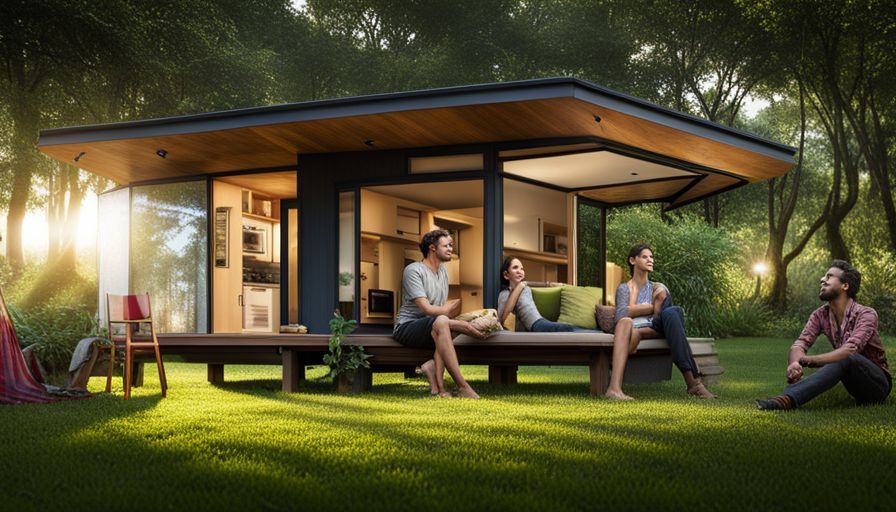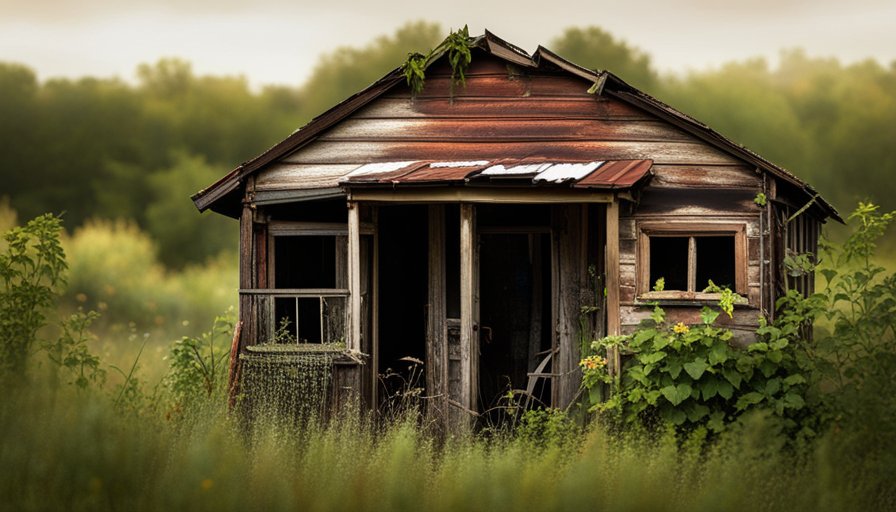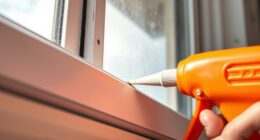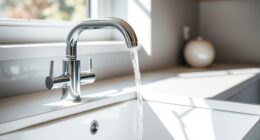Choosing the right type of wood for a treehouse is essential for its durability. Exterior plywood is a great choice because it comes in large sheets and is easy to work with. However, it might not be the best option for interior decorations due to its limited aesthetic appeal.
Other woods to consider are western cedar, cypress, and red heartwood of eastern cedar. These are all rot-resistant trees and are an ideal choice for a tree house that kids will enjoy.
Cost of A Custom Wood Tree House
Several factors determine the cost of a custom wood tree house. The location and species of the tree will influence the cost. For example, a tree near a road can be more expensive than a tree in a forest. It is also better to avoid pressure-treated wood for this project, as it contains copper carbon arsenate, which may leach into the tree. Instead, use natural, rot-resistant wood such as redwood or cypress.
The materials used in a custom wood tree house are essential to its design and construction. It is important to choose quality materials, as well as a sound installation. In addition, you will need the services of an arborist and engineering professional. These professionals will help you decide what’s best for your treehouse. These services can cost anywhere from a couple of thousand to more than a few thousand dollars. Additionally, you will have to factor in travel expenses if you don’t live in a woodworking community.
Custom wood tree houses are a great way to make your property more beautiful. The cost of the materials can vary depending on your design and the project’s complexity. Most treehouse contractors will help you choose the right wood for your needs. Three types of wood are commonly used for building custom wooden structures. A basic 10′ square treehouse with a gable roof and standard walls will run around $1500.
The materials used in a custom wood tree house depend on the material’s size and rarity. For example, composite wood and reclaimed lumber can cost twice as much as the same quality wood. The size of the finished product will also depend on its materials and size. While a smaller treehouse might save you money, you may sacrifice aesthetics. You may have to paint the exterior of the tree house to give it a modern, upscale look.
Materials Used to Build a Tree House
A wooden tree house is constructed with a variety of materials. One of the most important materials used is pressure-treated lumber, which will protect it from the elements and last a longer time outdoors. The process begins with the lumber milling process. Wood comes in two main types, hardwood and softwood. Hardwood is often used for cabinetry, flooring, trim work, and paneling, while softwood is used for beams, decking, and studs. Workers from a lumber mill will cut down a tree of the appropriate size for the project and inspect it for quality.
The wood used for the base should be at least one foot higher than the floor of the treehouse and one foot taller than the head. Once the base wood is in place, drill holes in it. The holes will serve as foundation markings. Once all the holes are drilled, remove the base wood from the treehouse. Once the holes are drilled, you can add the walls and roof. Then, you can finish the structure and move on to the next step.
If you choose to use pressure-treated wood, consider using it as the base of your treehouse. You can also use plywood for walls and floors. It’s cheap and sturdy; you can use it to make your own treehouse. Another option is to recycle old windows. You’ll also need a few basic tools. Nails, screws, and brackets will help you get the job done. If you want to involve a parent in the construction process, look for an old piece of fabric that you can use to make the roof and walls of the treehouse.
Talk to the neighbors first if you’re planning to build a treehouse on your property. This will give you an idea of their opinion and prevent potential lawsuits. In addition, you should contact your insurance agent to see if your homeowner’s insurance policy covers your treehouse. If it does, you can be sure that you won’t be liable for any damages or injuries.
Design Ideas for A Tree House
While building a wooden tree house is an enchanting activity for children, it should also be safe. It should not be placed against a tree, as this can cause rot. Instead, it should be built on a lower or higher platform than the tree. This will prevent the tree house from being damaged by strong winds. Adding a rope ladder to the treehouse can help prevent accidents if your child accidentally falls inside.
Another option is to paint your tree house. Depending on your child’s preferences, a fresh coat of paint will greatly enhance the look and feel of the space. Adding finishing touches can also help give your treehouse a personalized appearance. The colors and patterns that you use should complement the overall design of the tree house. Children can also choose their favorite colors. It’s important to consider the children’s preferences when choosing a design, as this will affect the way they play with their new treehouse.
Building your treehouse on a sturdy platform is one way to make it more durable. You can make it taller using a lighter material, such as wood. Considering building it in the middle of a large tree, consider installing ground supports and bolting beams. While they may not be weatherproof, these structures can be higher than the others. It’s also important to make sure that the treehouse is at the right height and is not too far away from the trunk of the tree.
If you’ve got some woodworking experience, you can begin looking for a suitable tree. You can also start shopping for sturdy tree stumps. Investing in power tools is another excellent idea. Make sure that you have the proper equipment for installing the treehouse. You should consult an arborist if you’re planning to build a giant wooden tree house. This will help ensure safety. The right choice of tree will determine the style of your tree house.
Common Types of Wood Used for Tree Houses
Pressure-treated wood is one of the most important materials for building a wooden tree house. This treatment allows the wood to withstand the elements better and last longer outside. Wood is split into two basic types: softwood and hardwood. Hardwood is commonly used for flooring, cabinetry, trim work, and paneling, while softwood is best suited for beams, decking, and studs. The appropriate size tree is cut and transported to a lumber mill, where its logs are visually inspected.
Typically, the wood used in tree houses is softwood. It is often used because it is more durable than hardwood. Depending on the design, it may be made from pine, hemlock, or cedar. Some types are more expensive, while others are more environmentally friendly. The price of a tree house depends on the materials used. If the materials used are rot-resistant, the building will be more expensive than a cheaper model.
A tree suitable for building a tree house should be healthy and sturdy. Oak, maple, and large fir trees are common choices. The tree’s base should be robust with thick, heavy branches, deep roots, and no visible signs of disease or decay. If you’re unsure about the type of wood to use, seek advice from an expert. It is a good idea to follow the instructions carefully to avoid any mistakes.
The support system is the first thing to consider when building a tree house. If the support system is unsafe, the tree house will not be stable and may collapse, requiring you to install diagonal bracing underneath it. Depending on the number of trees in the area, you may only need one set of diagonal braces, while building two-story tree houses will require two. Once these diagonal braces have been fitted, you should attach them to the foundation post with three-inch deck nails.
Construction Methods
There are two basic construction methods for wooden tree houses: on-site and prefabricated. During site construction, the pieces of the tree home are cut and fit together. In large tree houses, the pieces are hoisted into place. This method is safer and less complex than prefabricated tree houses and is easier on the tree. The advantage of prefabricated tree homes is that the pieces are built on the ground instead of in the tree. Moreover, you can work with power tools on the ground. Once the pieces are all assembled, you can quickly place them in the tree with the help of a pulley system.
The roof of the treehouse must be 100% waterproof. To prevent leaks, you can cover the roof with thick plastic foil. Once done, the planks should be screwed together in an overlapping pattern. Once the roof is ready, you can construct the front and back walls. Make sure to use countersunk screws, which will give a smooth finish. The top should be leveled and have space for growth.
Large span structures need to be flexible. Different types of trees have other characteristics, meaning they will behave differently during windstorms. The structure may twist, so it’s essential to make it as flexible as possible. While flexible arrangements allow for thinner parts, they make the building more difficult and expensive. It’s also important to consider the size of the tree houses you’re building. This will help ensure that your tree house is safe for the kids.
The height of the tree house should be high enough to provide a nice view while not too high that it could be dangerous. The ideal height for a treehouse is between six and 10 feet. You should also consider the height of the railing and wall. A sturdy support structure is important for a safe treehouse. If it’s not stable, it could be dangerous for the children. To prevent accidents, use safety harnesses and ropes while constructing. Remember also to carry a first aid kit.
I’m Theodore, and I love tiny houses. In fact, I’m the author of Tiny House 43, a book about tiny houses that are also tree houses. I think they’re magical places where imaginations can run wild and adventures are just waiting to happen.
While tree houses are often associated with childhood, they can be the perfect adult retreat. They offer a cozy space to relax and unwind, surrounded by nature. And since they’re typically built on stilts or raised platforms, they offer stunning views that traditional homes simply can’t match.
If you’re looking for a unique and romantic getaway, a tree house tiny house might just be the perfect option.
